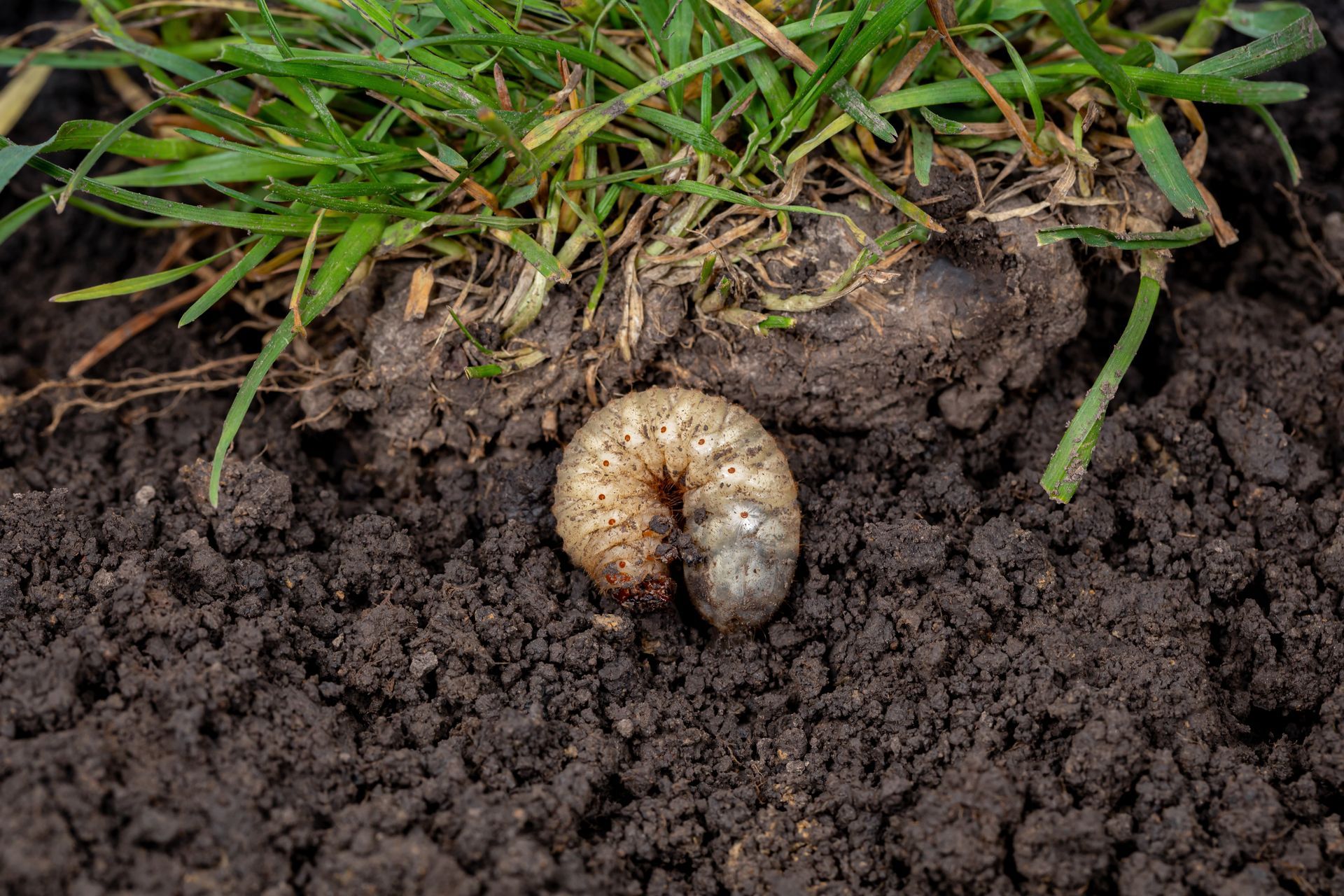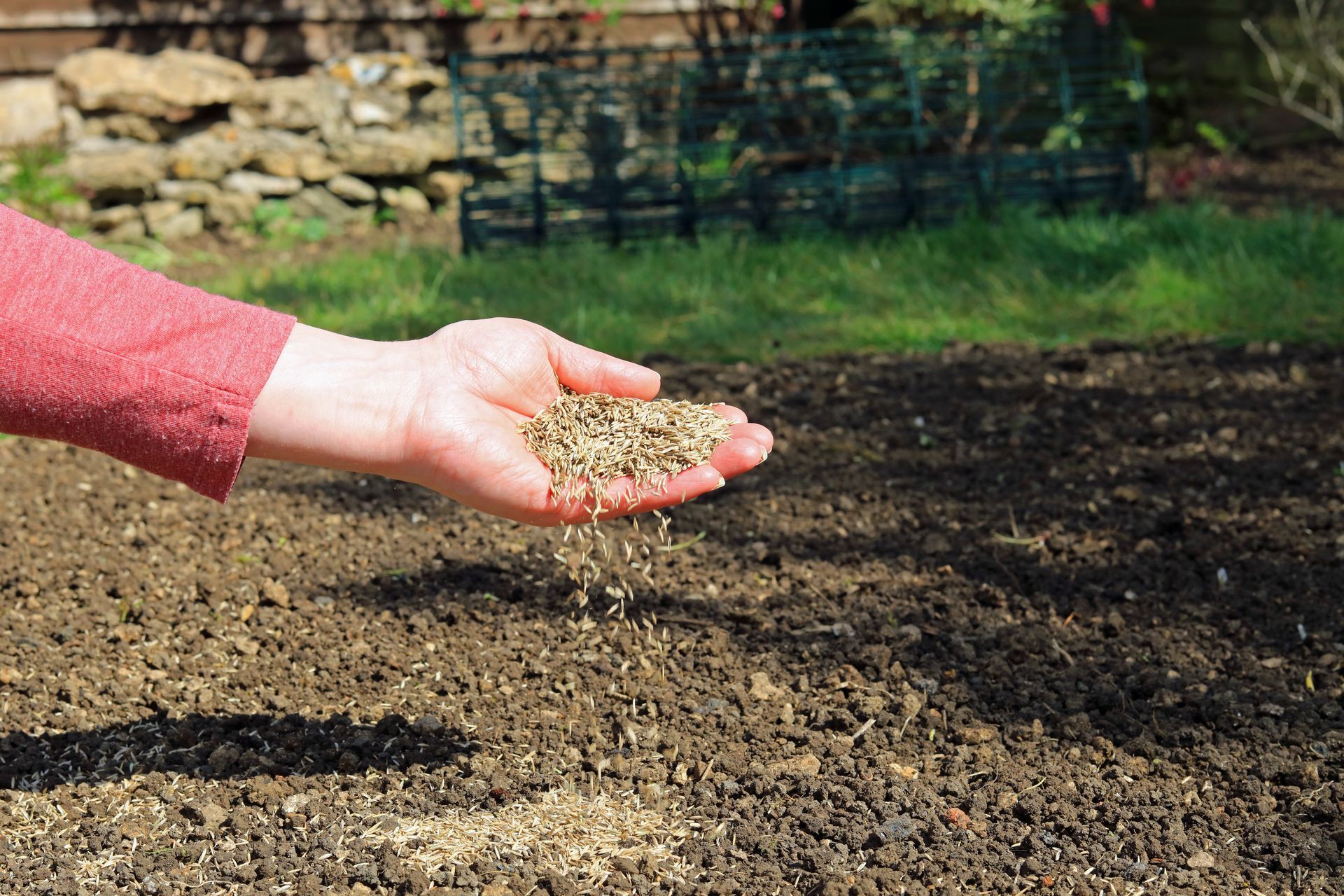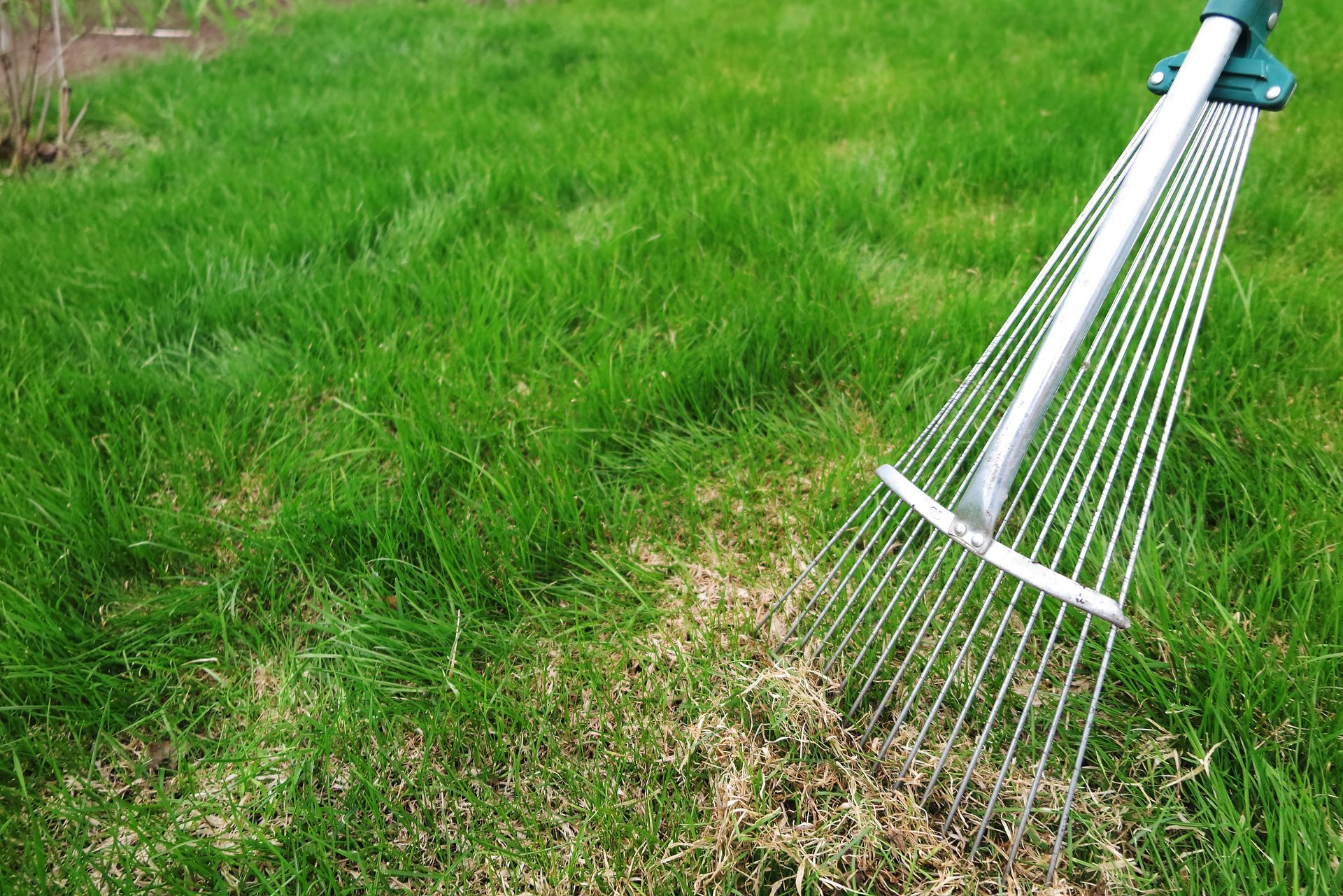July 25, 2023
Reclaim Your Turf: Tips To Remove Lawn Grubs and Other Pests

You’ve worked hard all summer to maintain your yard. But nothing spoils the joy of a vibrant, green lawn quite like the presence of lawn pests. These pesky bugs and worms can wreak havoc on your carefully tended turf. Typical troublemakers include chinch bugs, sod webworms, lawn grubs, and more. So how do you stop them from being a buzzkill? Understanding which seasons and temperatures they thrive in can help you stop the damage before it starts. Let’s take a look.
What are Lawn Pests?
If you think of lawn pests as mosquitos, ticks, and fleas, you're only half right. While they get their lion's share of attention, other pests are happily chopping away on your roots and grass, ruining your beautiful yard. In Southeast Michigan, several lawn pests make their presence known throughout the year, but here we'll focus on summer pests, how to identify them, and how to get rid of them.
1. Lawn Grubs
The most common lawn pest in Southeast Michigan,
lawn grubs, are the larvae or baby stage of the very destructive
Japanese Beetle. These C-shaped, white or grayish larvae eat the roots of your grass just below the surface, preventing your grass from adequately absorbing water and nutrients. They emerge during late summer (two weeks after the beetles lay eggs). Signs of lawn grubs include brown patches. You can control lawn grubs by watering your lawn regularly, keeping it mowed at the right height, and applying nematodes (microscopic worms) or grub-killing insecticides.
Why Overseed Your Lawn?
Lawns may lose their health and vigor due to various reasons such as heat stress, insect damage, or disease infestation. If your lawn shows signs of bare spots, thinning grass, or lacks color vibrancy, overseeding can be a practical solution. By introducing new and improved turfgrass varieties, overseeding can help thicken your lawn and enhance its overall health and appearance.
2. Chinch Bugs
Chinch bugs thrive in the summer months. These tiny, hairy insects feast on grass blades, sucking the sap from the stalk. While the damage they cause can look similar to the brown patches left behind by lawn grubs, grass will start to yellow and wilt, and the patches tend to expand from a single source. You can also test your lawn for chinch bugs by cutting off both edges of a can, pushing it into the soil, and filling it with water. Chinch bugs will float to the surface within a few minutes. Proper watering and mowing will help keep chinch bugs at bay, but for an infestation, you may have to apply an insecticide that contains bifenthrin, deltamethrin, or imidacloprid.
3. Sod Webworms
Like the lawn grub, sod webworms are also larvae but of the moth family. These tan or gray caterpillars are active when it’s warm, but their damage isn’t really noticeable until late summer and even into October. Sod webworms also feed on grass blades at the soil level, especially Kentucky Bluegrass. While they are difficult to find, hiding in silken tunnels in the soil and thatch, they leave behind small green pellets or excrement. Watering, mowing, and clearing thatch can keep them at bay, but you can also use insecticides.
4. Billbugs
Billbugs are weevils that can damage Southeast Michigan lawns. While not as common as grubs, chinch bugs, or sod webworms, they are a menace when they do migrate to your yard. Also active during late spring and early summer, billbugs are named for their long snout or bill. The larvae feed on grass stems and roots, while adults target the grass blades. They leave behind irregular-shaped dead patches of turf but also make an appearance on sidewalks, driveways, and patios. Proper mowing and watering help prevent billbug infestations. Watering and mowing can discourage these pests and their larvae, as can the appropriate insecticides.
Safeguard Your Southeast Michigan Lawn
As you can see, the best way to prevent these bugs from turning your yard into an all-you-can-eat buffet is by watering your lawn well throughout the spring and summer and mowing at the correct height. The team at
Visionary Fertilization can treat your turf to help deter pests. Using a combination of chemical or organic insecticides, our local lawn care professionals can help keep your yard looking its best all year. If you notice brown patches or just want to keep all pests at bay,
contact us for a
free estimate.




